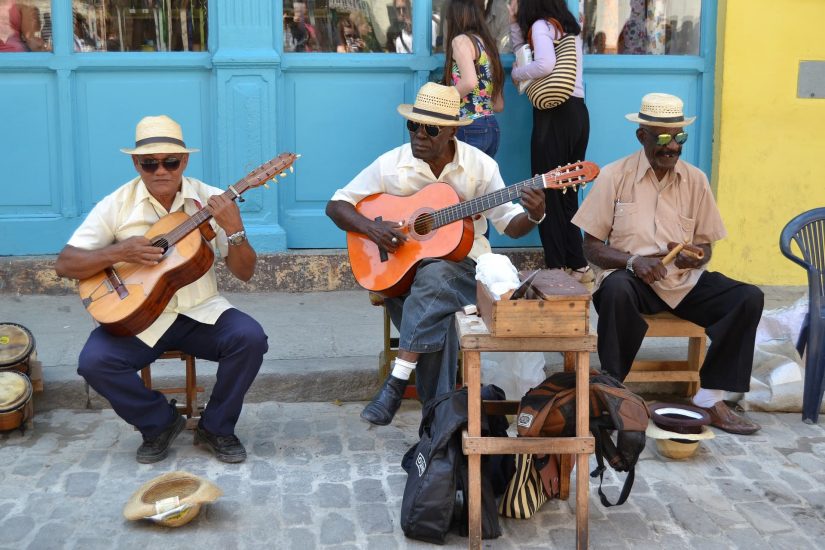Hawaii offers a combination of beautiful natural landscapes and a culturally rich heritage with a strong emphasis on tradition and mythology. Hawaii’s culture encompasses a rich history of deities and dance, featuring significant symbols and interpretations. The purpose of this article is to explore the traditions and mythologies found in Hawaiian culture.
Aloha holds great significance in Hawaiian culture. It’s a way to welcome guests and convey love, affection, and respect for others. This value is deeply rooted in Hawaiian culture and is closely tied to the natural environment. Many Hawaiians believe that living in harmony with the land and sea is essential for maintaining the spirit of aloha.
The traditional hula dance is an important aspect of Hawaiian culture. This complex dance tells stories and conveys cultural values. Hawaiian music often accompanies the dance, and it is a crucial part of many cultural events and celebrations. The hula is also linked to Hawaiian mythology, with dances that depict ancient gods and goddesses.
Hawaiian mythology has a complex and rich pantheon of gods and goddesses. Ku, the god of creation, is one of the most important Hawaiian gods, associated with strength and power. Lono, the god of fertility and agriculture, is also significant in Hawaiian mythology and responsible for crop growth and abundance. Both gods are deeply intertwined with the natural environment of Hawaii.
Hawaiian mythology features supernatural beings, such as the Menehune, who reside in the forests and mountains of Hawaii. They are known for their mischievous nature and craftsmanship skills, and are believed to have constructed various ancient Hawaiian temples and structures.
Hawaiian mythology and culture are closely linked to the natural environment of Hawaii. The islands have a variety of plants and animals that hold cultural significance. The Kukui tree is called the “tree of light” and is associated with wisdom and enlightenment. The sea turtle, or honu, symbolizes good luck and longevity in Hawaiian culture.
Hawaiian culture is famous for its traditional arts and crafts. One of these crafts is making leis, which are garlands made from flowers or other materials. Leis are important symbols of love and respect in Hawaiian culture and are often used in cultural celebrations. Other traditional Hawaiian arts and crafts include woodcarving, weaving, and tattooing.
This article delves into the history and evolution of Hawaiian music, which ranges from traditional chants to modern genres like reggae and hip-hop, reflecting the diversity of the islands.
The origins of Hawaiian music can be traced back to ancient chants and hula dances performed by indigenous Hawaiians. Traditional instruments such as the ukulele and slack key guitar were often used. Interestingly, the ukulele was introduced to Hawaii by Portuguese immigrants in the late 1800s and has since become a symbol of Hawaiian music.
During the early 20th century, Hawaiian music grew in popularity beyond Hawaii, particularly in the United States. King David Kalakaua, a renowned Hawaiian musician, was instrumental in revitalizing traditional Hawaiian music and dance. He earned the nickname “Merrie Monarch” for his passion for music and dance. Kalakaua’s contributions are commemorated annually through the Merrie Monarch Festival, which celebrates Hawaiian culture and art.
In the mid-20th century, Hawaiian music experienced a transformation as it incorporated new sounds and styles. Don Ho, a Hawaiian musician, played a significant role in this evolution with his relaxed style and catchy melodies. His music played a crucial role in promoting Hawaiian music worldwide and is still revered today.
During the 1970s, a group of Hawaiian musicians were inspired by reggae and hip-hop music. Among them was Israel Kamakawiwo’ole, who gained popularity for his heartfelt renditions of traditional Hawaiian songs. One of his most notable performances is his version of “Somewhere Over the Rainbow,” which has gained a global following.
Today, Hawaiian music continues to evolve and incorporate new sounds and styles. One of the most popular genres of Hawaiian music today is Jawaiian, a fusion of traditional Hawaiian music and reggae. Jawaiian has become a popular genre both in Hawaii and around the world, and is often played at beach parties and other outdoor events.
Slack key guitar is a popular Hawaiian music genre that emerged in the 19th century. It is characterized by intricate finger-picking patterns and a relaxed, improvisational style. Presently, Hawaiian musicians continue to play and promote slack key guitar, which is frequently showcased in traditional Hawaiian music presentations.
Hawaii hosts various music festivals and events in addition to featuring traditional and modern Hawaiian music. The annual Ukulele Festival is a well-known event held in Honolulu, drawing in ukulele enthusiasts and musicians from various parts of the globe. The festival celebrates the ukulele’s significance in Hawaiian music and showcases performances by skilled ukulele players from around the globe.
Hawaiian culture is a complex blend of tradition and mythology, including concepts like aloha, the hula dance, and a pantheon of deities. The culture is closely tied to the natural environment of the islands and offers a range of experiences for visitors, such as exploring ancient temples and structures, trying traditional cuisine, and enjoying the natural beauty of the islands.
